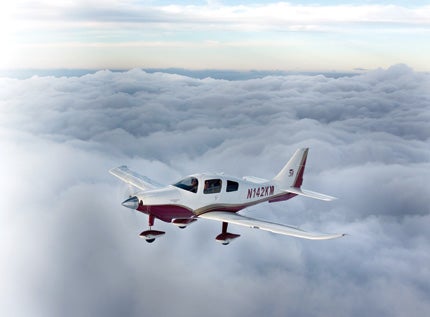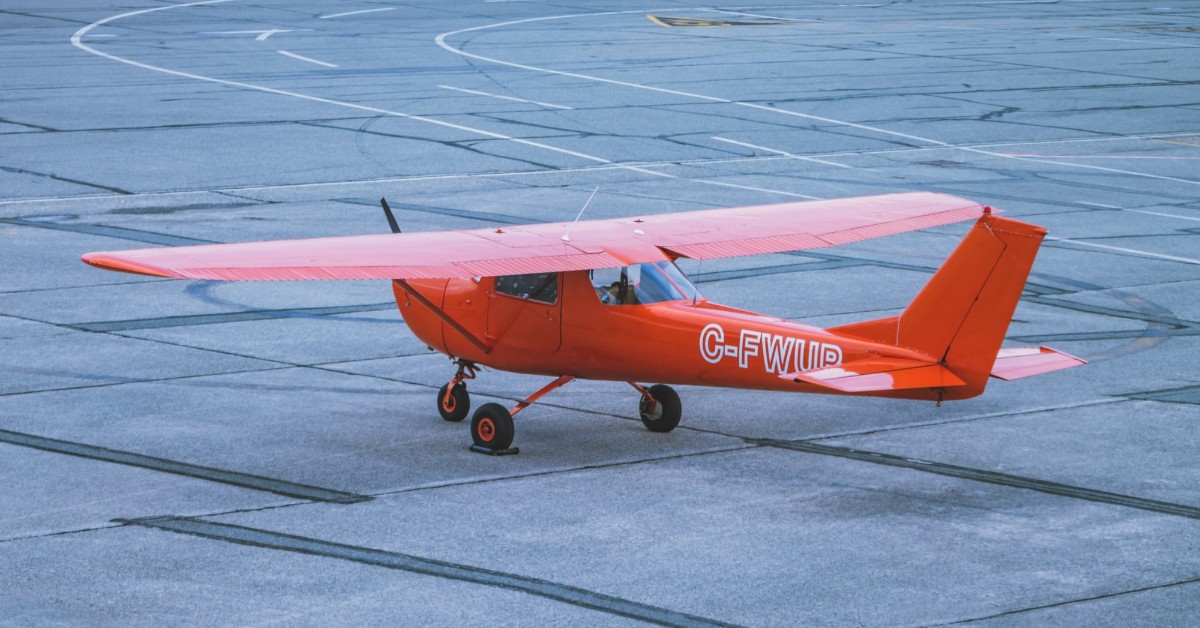The FAA states you require a minimum of 40 hours of flight direction to end up being a private pilot (this minimum was developed decades ago). The truth is that AOPA statistics reveal the nationwide average inching closer to 70 hours. Most of this is because of more complex airspace, technology and policies.
As long as you have a legitimate chauffeur's license and the DMV states you can drive, you can fly. The most engaging factor to make the sport certificate is if you just wish to fly for the love of flying. Numerous have no desire to get sophisticated ratings Research studies show that the majority of basic aviation is flown alone or with a single guest.
4 Easy Facts About Learn To Fly - Flying Lessons Described
If you simply wish to experience the pleasure and beauty of flight for less than $5,000, then the sport-pilot certificate is the greatest modification in air travel considering that the headset. A runway and a blue sky are the calling cards of experience, and nothing beats an aircraft from which to experience it.
Those of us who fly all share in a trick: We do it since nothing in life can imitate what it seems like to fly. All of usany people, would love to show you. A Shining Future For Professional Pilots The news is everywhere that a pilot lack remains in full speed.
The Ultimate Guide To Would You Like To Be A Pilot?
Domestically, local airlines have had to cancel flights because of a scarcity of first officers. In the coming years, regional airlines will be the hardest hit by the shortage. Both the United States Air Force and the Royal Canadian Air Force are offering unheard-of incentives to keep experienced military pilots from jumping to the airlines as demand there warms up.

This post could not have been composed even five years back. The innovative tablet gadget that Steve Jobs and Apple Corp. conceived as the "i, Pad" in 2010 (which now seems to be everywhere) has altered how we function in the cockpit. The idea of utilizing an i, Pad in the cockpit is just a few years old, it holds unique significance for the student pilot.
Examine This Report on 11 Tips For Learning To Fly When You're Broke
The i, Pad can even be utilized as the primary tool for ground school courses such as those from Sporty's and King Schools and ASA. Having actually used an i, Pad for all aspects of my instrument ranking, I can vouch for its usefulness in aviation. I discovered it a vital tool in the cockpit.
With the student pilot in mind, here's a list of the most useful apps I've discovered for the i, Pad. IPAD APPS Trainee pilots need to carry a copy of the FAR/AIM with them at all times for study and quick reference. This app is from ASA, and includes everything the paper version has, together with all the relevant federal aviation regulations.
3 Simple Techniques For 7 Steps To Beginning To Fly
$9. 99 in the App Store. In the old days, air travel scanners enabled students to find out radio interactions. Today, this app lets you listen to over 550 live ATC feeds anywhere you have a web connection. $2. 99 in the App Shop. (KEEP IN MIND: developed for the i, Phone but can be scaled up on the i, Pad screen.) Paper logbooks can quickly get lost, stolen or damaged.
Enables your instructor to sign off each flight, too. $79. 99 in the App Shop. The official FAA book. Among the very best trainee pilot resources of the last thirty years. App consists of tabulation for quick access to each section. $1. 99 in the App Store. Super beneficial app to calculate weight and balance prior to every flight.
What Does How Hard Is It To Fly A Plane? Do?
$74. 99 annual membership in App Store. (includes all VFR/IFR charts and updates for the U.S.).
The letters (likewise RC or R/C) stand for radio control. You'll typically see rc aircrafts referred to as push-button control however technically this is an inaccurate term. Radio control is the appropriate term due to the fact that the plane manages respond to that pass through the air from the (abbreviated to 'Tx') to the (shortened to 'Rx').
The 2-Minute Rule for Flight Schools And Flight Training
The receiver is located inside the aircraft and gets the radio signals sent from the transmitter. The signals are sent out to the airplane in the exact same essential method as conventional (i. e. pre-internet!) television and radio broadcasts are sent. Signals are produced whenever you move a stick or flick a switch on the Tx, and they are emitted via the antenna, or aerial.
The Tx and Rx must be running on the exact same frequency for them to collaborate and, in conventional MHz radio control equipment, the gizmo that figures out which frequency channel is utilized is called a. Both the Tx and Rx require a matching crystal to operate. Standard MHz radio control systems have actually commonly been changed now by the more recent 2.
The Definitive Guide to Private Pilot Test Prep
Completion result is that when you make an input at the transmitter, something on the aircraft relocates to manage the airplane. Now you understand that radio signals are sent to the airplane when you run the transmitter, but why does the aircraft do what it does when you move the sticks? All controllable planes have actually which are connected (hinged) to their parent.

The main control surfaces are, and. The most standard rc airplanes will just have rudder control; the rudder is the moveable hinged area of the, or fin, at the rear end of the plane. It controls the left/right directional motion of the plane, or to give it its right name.
Little Known Questions About How Hard Is It To Fly A Plane?.
The elevator is the moving hinged area of the, or tailplane, also at the rear of the aircraft. Elevators control the of the plane - whether the nose of the airplane is punctuating, down or level. When the elevator is deflected upward the aircraft will point upwards and therefore start to climb, or fly level however with a 'nose up' attitude if engine power and/or forward airspeed isn't adequate to trigger a climb.